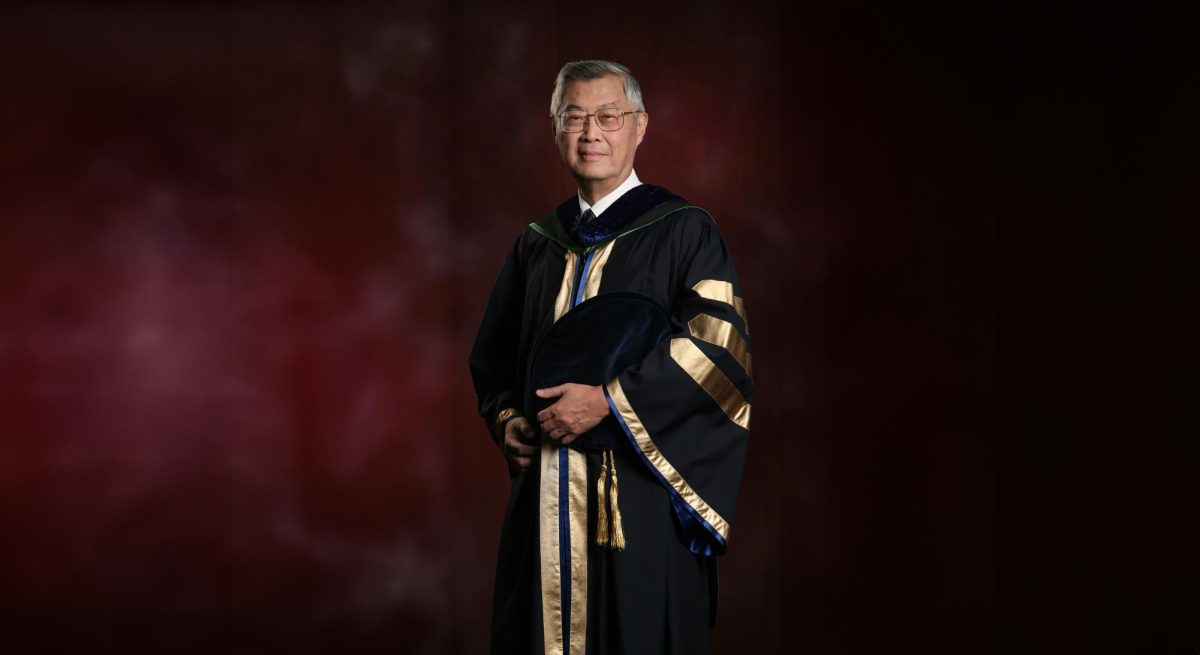When Olympic gold medalist Bruce Jenner announced on national television last week that he has been transitioning into a woman since the 80s, viewers no longer saw the awkward, introverted figure the former champion athlete had become over the years. Instead, we witnessed a renewed individual, full of gusto and confidence and ready to reveal a persona that has been in hiding since Jenner’s childhood.
Through heartfelt tears and genuine laughs, Jenner discussed his most personal feelings and life experiences, from the first time he secretly tried on one of his sister’s dresses to the emotional hurdles he encountered when confessing his gender identity to his children.
Yet when interviewer Diane Sawyer shifted the tone in her questioning to something some might consider less than professional, a few eyebrows were raised collectively across the nation.
Using dialogue that sounded less like a journalistic inquiry and more like two ladies gabbing over a bottle of chardonnay, Sawyer questioned the pairing of Jenner’s transitioning female status to his attraction to females, asking bluntly if Jenner was therefore a lesbian.
Even Diane’s perplexed facial expression seemed a little off-putting as the words escaped her mouth. Why would she ask such an odd question in the middle of such a sensitive interview?
Jenner immediately corrected Sawyer, reminding her that sexual orientation and gender identity have entirely different meanings.
“Sexuality is who you are personally attracted to,” said Jenner. “But gender identity is who you are as a person and your soul and who you identify as inside.”
His clarification seemed obvious. But alas, gender identity, defined as the totality of physical and behavioral traits that are designated by a culture as masculine or feminine, continues to be a taboo and misunderstood topic in many homes and classrooms across the country.
The lack of education surrounding transgender issues is only creating a larger divide that prevents transgendered human beings from feeling like equals in today’s society, a crippling emotion that often results in suicide.
Nearly half of young transgender people have seriously thought about taking their lives, and one quarter report having made a suicide attempt, according to a report from the Trevor Project, a suicide prevention organization that provides services to LGBT youth.
Is there such a lack of information in American understanding of the transgender community that even a professional like Diane Sawyer has to dumb down her line of questioning just to pander to the needs of the television-watching populous?
Hollywood has taken great strides in introducing roles that not only bring transgender- related issues to the table, they also develop the characters into relatable people with whom many viewers can easily identify.
SF State alumnus Jeffrey Tambor’s recent Golden Globe win for his character in “Transparent” showed America the necessity and value of including transgendered citizens in mainstream media and culture. And “Orange is the New Black” actress Laverne Cox, who continues to be a strong activist on and off screen for transgender rights, has publicly honored and praised Jenner’s recent announcement.
“Visibility matters when it can save lives and influence the changes of hearts and minds,” Cox said at the recent White House Correspondents dinner when asked about Jenner’s television interview. “I think a lot of people tuned in expecting to see a spectacle, and they tuned in and saw a profoundly nuanced, complicated, beautiful human being.”
A person should never be ridiculed for being honest about his or her identity. It is, after all, one person’s choice and his or hers alone. As a society, it is our responsibility to foster this admiration of individuality, to encourage others to feel liberated in being themselves.
It is far more than saving lives. It is valuing them.







